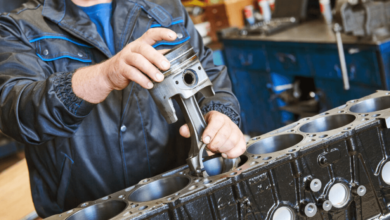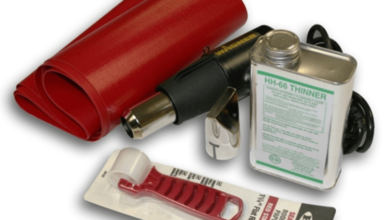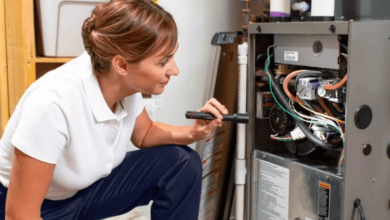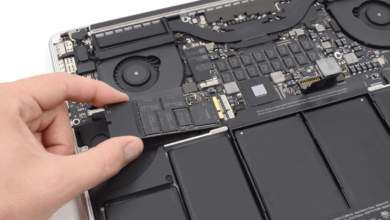Golf Club Cleaning Kit: The Ultimate Guide for Keeping Your Clubs
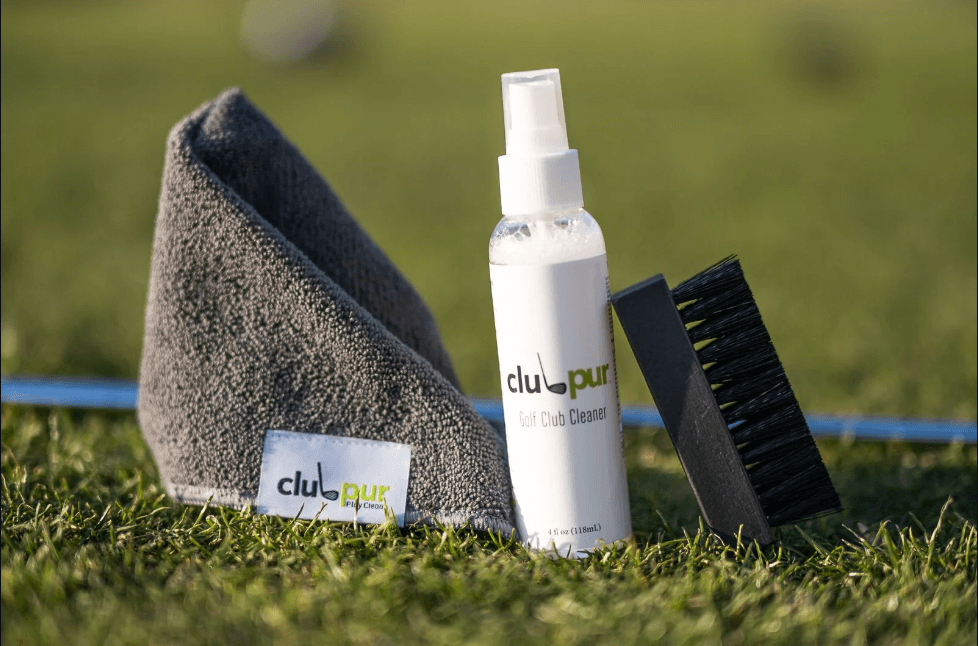
Whether you are a professional golfer or an avid enthusiast, taking care of your golf clubs is essential for maintaining their performance and longevity. A golf club cleaning kit is an indispensable tool that can help you keep your clubs in pristine condition, ensuring optimal play on the course. In this comprehensive guide, we will explore the importance of golf club maintenance, the key components of a cleaning kit, and provide valuable tips on how to clean and care for your clubs effectively.
1. Why is Golf Club Cleaning Important?
Cleaning your golf clubs regularly is essential for maintaining their performance and durability. During a round of golf, dirt, grass, sand, and other debris can accumulate on the clubheads, affecting the club’s ability to make clean contact with the ball. Additionally, neglecting to clean your clubs can lead to the build-up of rust, which can damage the clubheads over time. By keeping your clubs clean, you ensure optimal performance and longevity.
2. The Essential Components of a Golf Club Cleaning Kit
A well-equipped golf club cleaning kit typically includes the following components:
a) Clubhead Cleaning Brush
A clubhead cleaning brush is specifically designed to remove dirt and debris from the clubheads. It usually features stiff bristles for effective cleaning without scratching the surface of the clubheads.
b) Groove Cleaning Tool
The groove cleaning tool is a small brush or pick that helps remove dirt and grass from the grooves on the clubface. Clean grooves enable better spin control and ball flight.
c) Towel or Microfiber Cloth
A towel or microfiber cloth is essential for wiping down the clubs after cleaning. It helps remove excess moisture and keeps the clubheads dry to prevent rust.
d) Cleaning Solution
A mild cleaning solution specifically formulated for golf club cleaning is recommended. It helps remove stubborn stains and grime from the clubheads without causing damage.
e) Protective Headcovers
Protective headcovers are essential for safeguarding the clubheads during transportation and storage. They prevent scratches, dings, and other forms of damage.
3. Step-by-Step Guide to Cleaning Your Golf Clubs
Cleaning your golf clubs can be a straightforward process when following these steps:
Step 1: Prepare the Cleaning Solution
Dilute the cleaning solution with water according to the manufacturer’s instructions. Avoid using harsh chemicals or solvents as they may damage the clubheads.
Step 2: Soak the Clubheads
Submerge the clubheads in the cleaning solution for a few minutes. This helps loosen dirt and debris, making it easier to remove.
Step 3: Scrub the Clubheads
Using the clubhead cleaning brush, gently scrub the clubheads to remove dirt and stains. Pay extra attention to the grooves, ensuring they are clean and free from debris.
Step 4: Rinse with Water
Thoroughly rinse the clubheads with clean water to remove any remaining cleaning solution.
Step 5: Dry the Clubs
Using a towel or microfiber cloth, dry the clubheads thoroughly. Make sure to remove all moisture, especially from the grooves and hosels, to prevent rust formation.
4. Removing Stubborn Dirt and Stains
In some cases, dirt and stains may be more challenging to remove. For stubborn dirt or grass, use the groove cleaning tool to gently scrape away debris from the grooves. If necessary, repeat the cleaning process or use a specialized stain remover for tougher stains.
5. Caring for the Grips
The grips on your golf clubs also require regular cleaning to maintain their tackiness and prevent slippage. Clean the grips with a mild soap or grip cleaner and rinse them with water. Avoid using excessive water, as it may seep into the shaft and damage the club.
6. Storage and Protection
Proper storage and protection are crucial for preserving the condition of your golf clubs. After cleaning, ensure that the clubheads are completely dry before putting on the protective headcovers.
7. Extending the Lifespan of Your Golf Clubs
To extend the lifespan of your golf clubs and keep them in optimal condition, consider the following tips:
- Regularly inspect your clubs for signs of wear and tear.
- Avoid leaving your clubs in the trunk of a car for extended periods.
- Schedule professional club maintenance, including regripping and loft/lie adjustments, if necessary.
- Use headcovers on all your clubs to protect them during transportation.
8. Choosing the Right Golf Club Cleaning Kit
When selecting a club cleaning kit, consider the quality of the components, ease of use, and customer reviews. Look for kits that include all the essential tools mentioned earlier and ensure they are durable and designed specifically for golf club maintenance. Read more…
Conclusion
A golf club cleaning kit is an invaluable investment for any golfer who wishes to maintain the performance and longevity of their clubs. Regular cleaning and maintenance not only enhance your golfing experience but also ensure that your clubs remain in top condition for years to come. By following the step-by-step guide outlined in this article and adopting good cleaning habits, you can keep your golf clubs in pristine condition, ready to deliver optimal performance on the course.
Frequently Asked Questions (FAQs)
1. Can I clean my golf clubs with household cleaning products?
It is not recommended to clean your golf clubs with household cleaning products as they can contain harsh chemicals that may damage the clubheads and grips. It’s best to use a mild cleaning solution specifically formulated for golf club cleaning.
2. How often should I clean my golf clubs?
Ideally, you should clean your golf clubs after every round or practice session. Regular cleaning prevents the build-up of dirt, debris, and rust, ensuring optimal performance.
3. Can I use a wire brush to clean my clubheads?
Using a wire brush is not recommended as it can scratch and damage the clubheads. Opt for a clubhead cleaning brush with stiff bristles that are designed for effective cleaning without causing harm.


